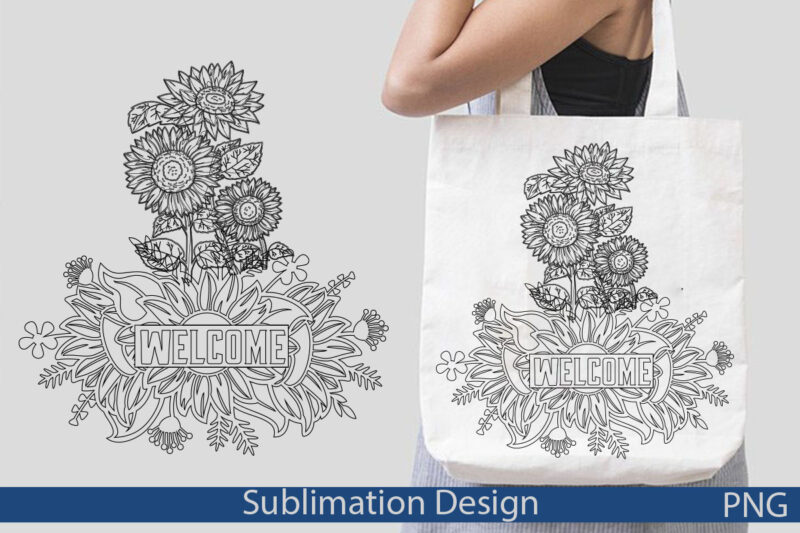
AUTO LAYOUT TUTORIAL XCODE 6 CODE
Auto-layout will help here: you'll set a constraint from the bottom of the scroll view to the bottom layout guide, add an outlet to that constraint, and in your code you can observe keyboard hide/show/change notifications and adjust the constant of that constraint accordingly You can embed your content in a scrollview, so users can scroll the screen up and down if the contents of the scroll view exceed the available height. There are several ways to solve this issue: The issue is simply that you are using more space on screen than is available. The issue you have with the next button being hidden by the keyboard is not directly related to auto-layout, though auto-layout can help managing it. And also you need to add keyboard height (150) in that constraint's constant when keyboard disappears. Otherwise if you have correctly added constraints than create and IBOutlet of top constraint of top most element and subtract a constant of keyboard height (150) from that constraints's constant. This answer will help you if you want to achieve this without changing constraints programmatically. Now Regarding your problem: When keyboard appears either you can move your view up (Relative to height of keyboard. Do not add missing constraints as Xcode is suggesting because Xcode will add some constraints which will result in unexpected sizes.Otherwise Xcode will give error of missing constraints. In this case make sure other elements have constraints. Important: When we "pin" elements (e.g button) (top, bottom, leading, trailing) these constraints are added relative to other elements (e.g some other button).If you want en element to expand/ contract according to height width of different screen size add -leading, -trailing, -top, and bottom constraints.

Resize element or add height and width constraints if you want exactly same height width as in storyboard. Xcode will give you suggestion to fix height/width of element. If you want an element to appear at a particular position (20 points from right side and 40 points from top) you need to adjust button in storyboard and add trailing and top constraints.Please help out thanks.įew things which I want to share from my experience about Auto-layout. How can I treat this to work on all devices the same and coherently. Where as in the case of iPad no conflicts and Next button is very much accessible: No conflicts but next button is hiding on tap of textfield in iPhone4s: The problems are as follows though the whole view seems appropriate on the simulator, I can see conflicts in the terminal of xcode.īut somehow if I resolve the conflicts, the autolayout doesn't function as required on all devices.

The view of ViewController has an image in the background, a back button, 4 views, a progress bar and a button to show each view. My original idea was to show 4 views each containing a text field which would transition in through CoreAnimation on the press of a specific button. So to help you out further, I'll explain how somethings are not working for me with the help of some snapshots. Its so demotivating that I want give up coding altogether and end up becoming a monk or something. I have read Raywenderlich's Adaptive Layout tutorial as well as Steven Lipton's book on Autolayout (Practical AutoLayout) and still facing a lot of trouble. for iPad, fail to comply with another like iPhone4s or something, and consequently either this leads to conflicting constraints or not work at all the way I want them to (e.g the button will appear way near the text field on iPad and not very near on iPhone). The problem is, the constraints when they end up working for me for one resolution e.g.

I am having a lot of trouble understanding the Autolayout and how it is working phenomenally for everyone else but me.


 0 kommentar(er)
0 kommentar(er)
